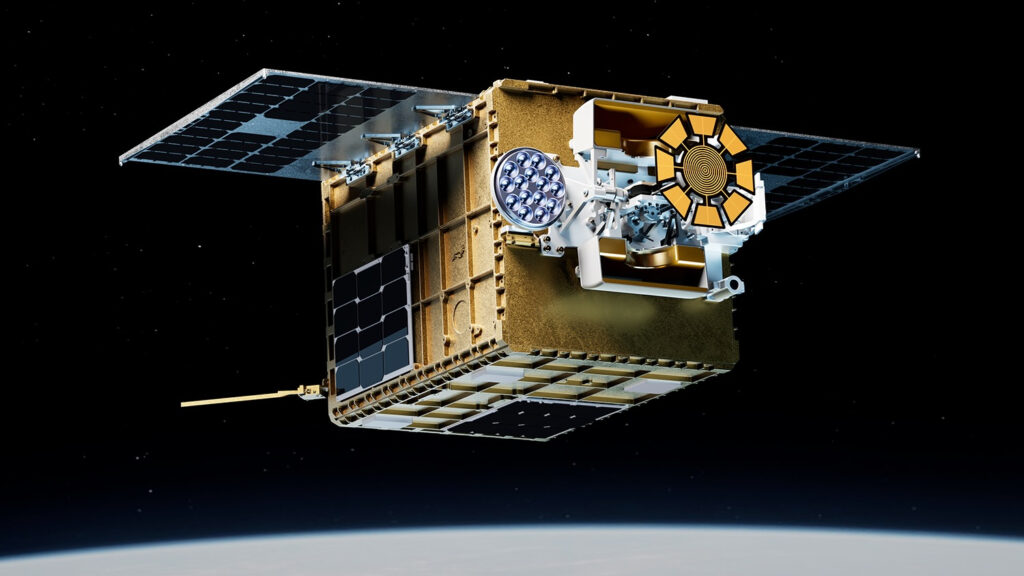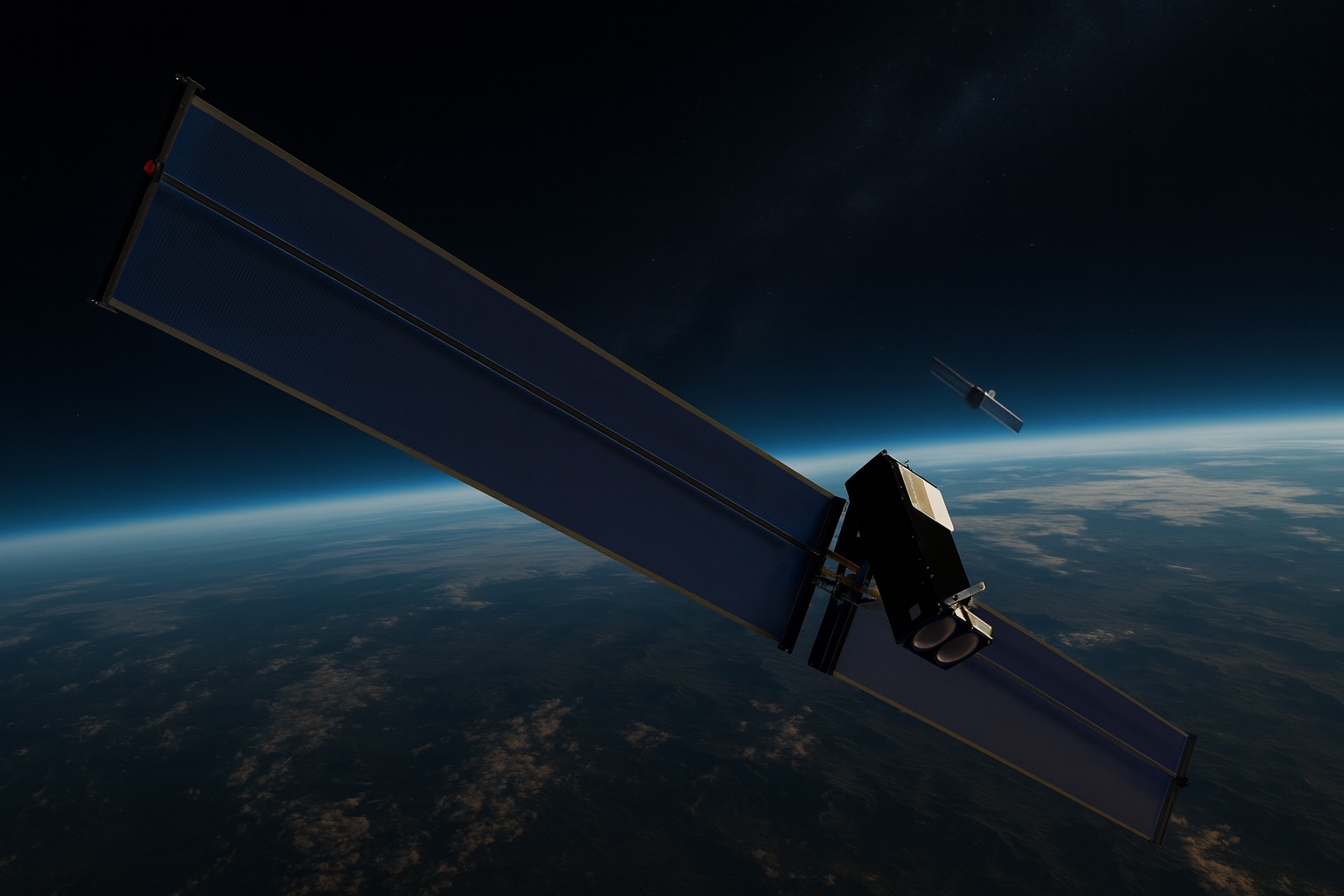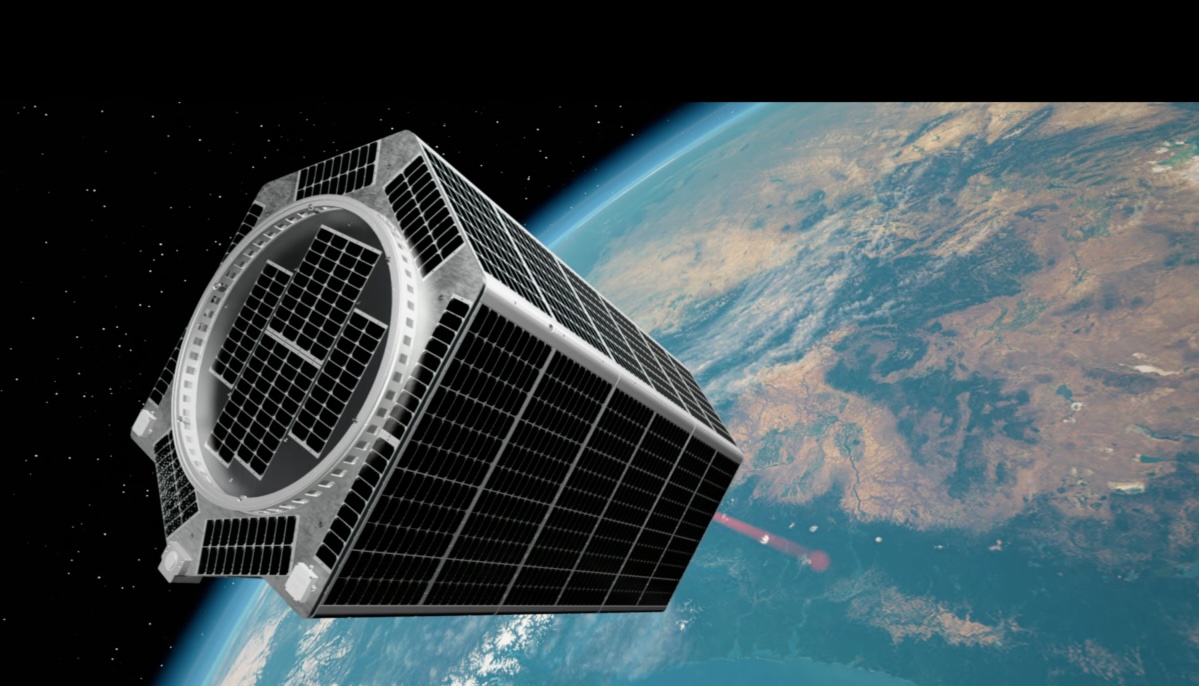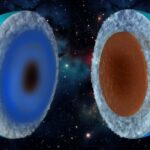Now Reading: Mars orbiter looks deep into chasms and valleys on the Martian surface
-
01
Mars orbiter looks deep into chasms and valleys on the Martian surface
Mars orbiter looks deep into chasms and valleys on the Martian surface
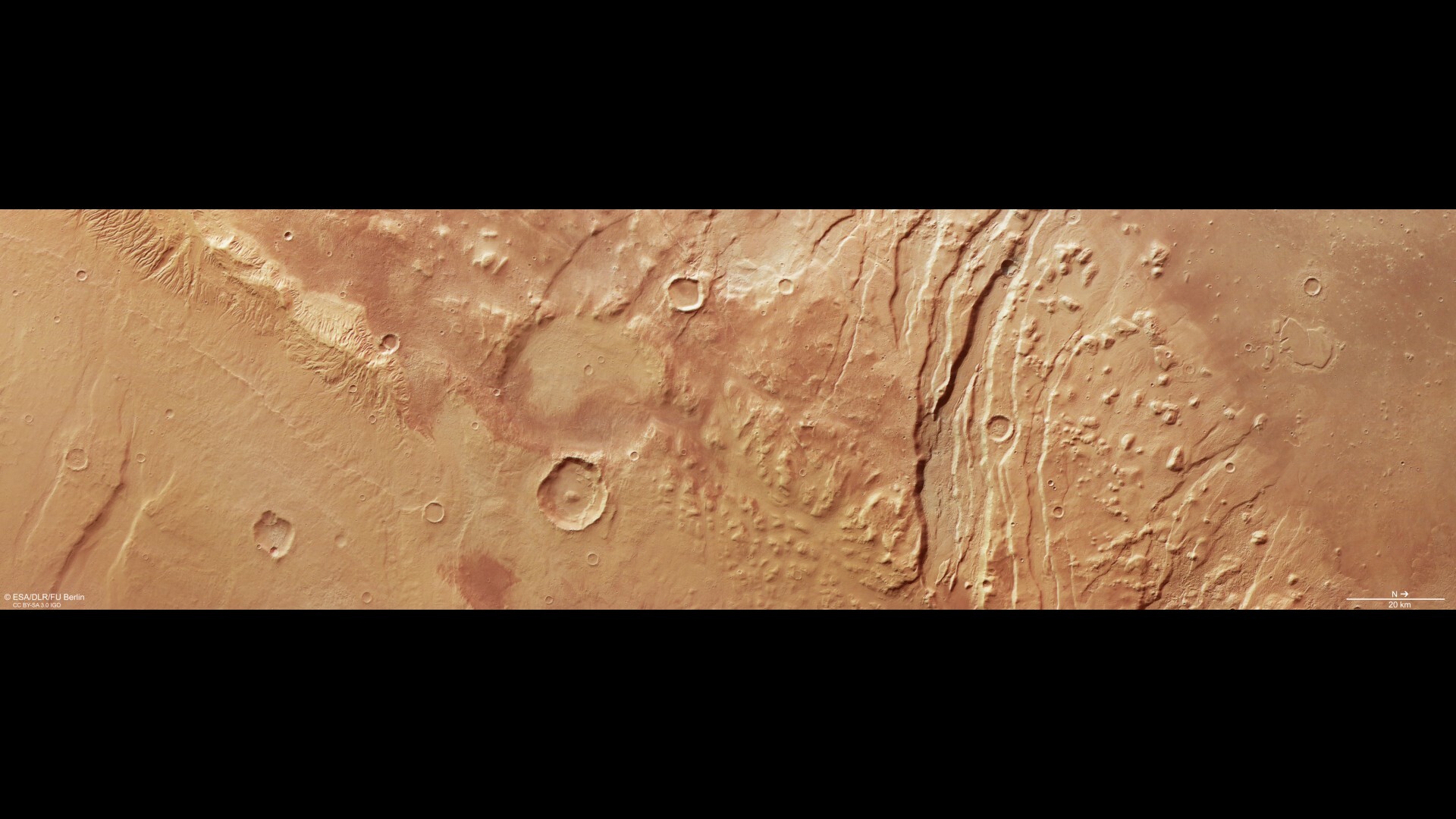
For more than 20 years, the European Space Agency’s (ESA) Mars Express orbiter has been imaging the surface of the Red Planet. One region, in particular, continues to fascinate the Mars Express team, known as Acheron Fossae. A new high-resolution photo examines the western edge of this region, giving us a closer look at the fascinating topography found here.
Acheron Fossae is filled with dramatic landscape features — most notably, its namesake fossae, or fault-like channels that criss-cross the surface. Here, the land is split into raised ridges known as horsts and sunken valleys known as grabens, which together create the impression of long scars across the surface.
The fossae likely developed some 3.7 billion years ago during Mars’ most geologically active period, according to ESA. Molten rock beneath the crust rose upward, stretching and pulling apart the surface, creating miles-long cracks.
But Acheron Fossae’s geological story didn’t end there. Massive rock glaciers — made from a mix of rock, sand, and ice — sculpted the landscape further over the millennia. Just to the right of the fossae in the Mars Express image, the slow movement of rock glaciers carved out rounded hills (knobs) and flat-topped plateaus (mesas).

The image also captures lowland plains to the right and highland plains to the left. If Mars Express zoomed out, the highland plains would continue on to Olympus Mons, the tallest volcano in the solar system at some 13.6 miles (22 km) high. It’s located about 746 miles (1,200 km) to the west of the Acheron Fossae region.
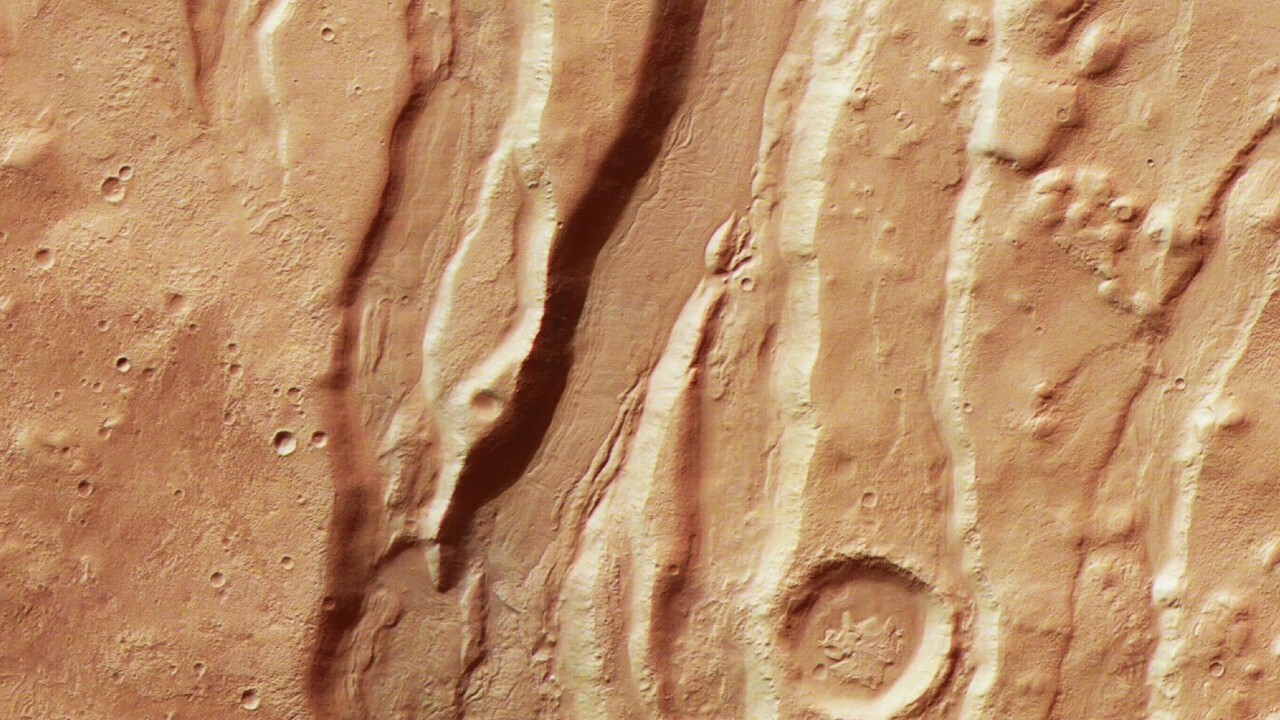
But Martian geological activity isn’t the only thing that has developed this landscape over eons. Speckled across the Mars Orbiter image are dozens of impact craters. These showcase various states of erosion, indicating a range of ages. Like Earth, Mars continues to be bombarded by space rocks.
RELATED STORIES
ESA has announced that Mars Express will continue operations through the end of 2026 — and potentially even longer — giving the spacecraft plenty of time to continue its observations of the Martian surface.
Stay Informed With the Latest & Most Important News
Previous Post
Next Post
-
 01From Polymerization-Enabled Folding and Assembly to Chemical Evolution: Key Processes for Emergence of Functional Polymers in the Origin of Life
01From Polymerization-Enabled Folding and Assembly to Chemical Evolution: Key Processes for Emergence of Functional Polymers in the Origin of Life -
 02Two Black Holes Observed Circling Each Other for the First Time
02Two Black Holes Observed Circling Each Other for the First Time -
 03How New NASA, India Earth Satellite NISAR Will See Earth
03How New NASA, India Earth Satellite NISAR Will See Earth -
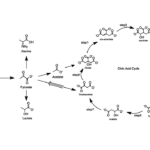 04Thermodynamic Constraints On The Citric Acid Cycle And Related Reactions In Ocean World Interiors
04Thermodynamic Constraints On The Citric Acid Cycle And Related Reactions In Ocean World Interiors -
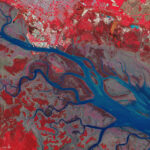 05Φsat-2 begins science phase for AI Earth images
05Φsat-2 begins science phase for AI Earth images -
 06Hurricane forecasters are losing 3 key satellites ahead of peak storm season − a meteorologist explains why it matters
06Hurricane forecasters are losing 3 key satellites ahead of peak storm season − a meteorologist explains why it matters -
 07U.S. Space Force awards $13.7 billion in new national security launch contracts to Blue Origin, SpaceX and ULA
07U.S. Space Force awards $13.7 billion in new national security launch contracts to Blue Origin, SpaceX and ULA














